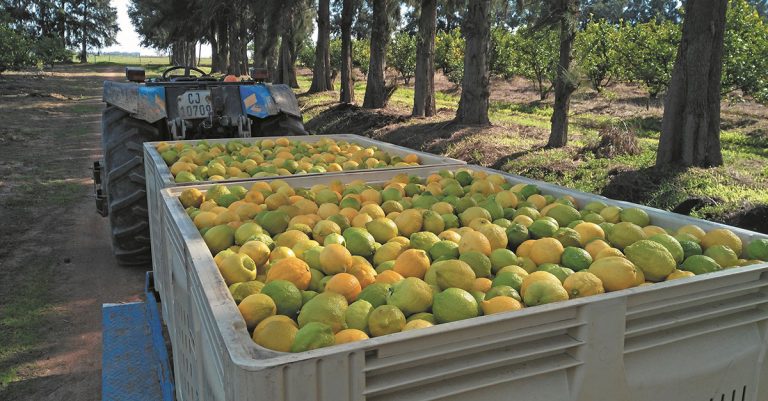
Photo: FW Archive
The agriculture sector is expected to expand 7,6% year-on-year in 2021, but in the long term growth is expected to decline.
This was according to the Bureau for Food and Agricultural Policy’s (BFAP) Baseline 2021 report released on Wednesday, 15 September.
Short-term growth will come from an expected bumper harvest of maize, and an all-time record harvest of soya bean, sold at much higher prices due to global market support, as well as record exports for major sectors, such as citrus and table grapes.
In the long term, growth will greatly depend on key interventions and reforms in terms of market access, infrastructure development and maintenance, farmer support, animal health and biosecurity, the sustainability of natural resources and maintenance of water infrastructure, and efficient service delivery.
BFAP projected that these reforms and interventions could “bend the curve”, and increase the total value of the agriculture sector by an additional R32 billion in real terms above the 2030 baseline.
The share of black farmers’ production output could increase to more than 20% across most of the industry subsectors where transformation had been lagging.
Speaking at the launch of the report, Dr Tracey Davids, manager of BFAP’s commodity market division, said the actual value of the livestock sector was often underestimated by more than 20% because such a significant portion of livestock was produced in informal production systems, often only for household use, with small surpluses being sold into the formal value.
The beef sector, in particular, had the ability to add an additional R8,3 billion to its annual gross present value (GPV) over the next decade, by unlocking the informal sector, which currently accounted for about 40% of the herd.
Davids said the sector could learn a lot from the wool industry, which used public-private partnerships to enable poor farmers in communal areas to produce a high-value commodity for the export market.
Communal farmers’ production had increased 995% between 2000 and 2019, now accounting for 26% of the 15 million-strong national wool sheep herd, according to BFAP.
Improved disease management and prevention systems, however, was a prerequisite for any growth in the meat sector, according to Davids, as it not only affected on-farm production and profitability, but also access to markets, and particularly export markets, which had to be grown to accommodate higher production.
Growing the meat industry, would also have positive spin-offs for especially field crops by resulting in higher demand for feed crops, such as maize and soya bean.
Davids said horticulture had posted the fastest growth of all subsectors over the past decade, with the total area planted to high-value export crops expanding by more than 70 000ha from 2012 to 2020.
Export volumes were expected to further expand by about 40% by 2030, which implied government would have to negotiate the opening of more export markets under favourable trade agreements.
Roughly 48% of the lemon and lime orchards and 57% of the soft citrus trees were younger than five years old, which would require extensive market expansion to prevent an oversupply on the market.
“The problem is that more than 40% of our fruit is still going to the UK and Europe, and these markets are not growing. We will have to look [to Asia] to expand our markets, and this would also require more beneficial trade agreements.
“Unfortunately, these agreements are also not happening fast enough, as it took 12 years to negotiate the opening of the Philippines for citrus [exports],” Davids said.
Port and road infrastructure also needed to be addressed to help smooth exports. “Our ports were already struggling with inefficiencies before the bottlenecks caused by the COVID-19 pandemic. Just think what will happen if exports increase by 40%,” she said.










